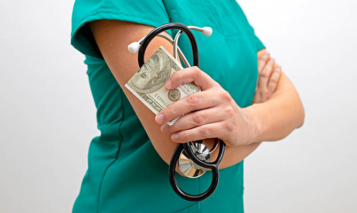
The Centers for Disease Control has updated its guidelines to recommend pre-exposure prophylaxis (PrEP) to all adults and adolescents who are sexually active.
According to the new guidelines, all sexually active adult and adolescent patients should receive information about PrEP.
The new guidance allows primary care doctors to advise patients who are sexually active that the HIV prevention drug PrEP should be a routine part of their care.
PrEP is a drug prescribed to reduce the risk of getting human immunodeficiency virus (HIV) or the virus that causes AIDS.
PrEP reduces the risk of getting HIV from sex by about 99%. Studies determined that only about 25% of adults and adolescents who can benefit from PrEP are actually taking the drug.
“It just makes sense to expand it to everyone,” Kristen D. Krause, PD, MPH, tells Health.com. “PrEP is a big tool in the tool kit of HIV prevention.”
“Having the CDC give the green light and say that this is an expected and routine part of your care potentially gives license to providers who otherwise might not have had this conversation,” Seth Glassman, MD, an infectious disease expert, tells Health.
Before going on PrEP, all patients are required to take an HIV test. People who are already HIV-positive should not take PrEP.
The CDC stresses that PrEP is safe for everyone, and side effects caused by PrEP are mild and resolve eventually.
Those side effects include:
- Diarrhea
- Nausea
- Headache
- Fatigue
- Stomach pain
“Taking this medication dramatically reduces the chance that you will be infected with HIV if you are exposed to the virus,” Jamie Alan, PharmD, PhD, tells Health.
“These side effects should be weighed against the possibility of getting infected with the virus,” Alan says.





